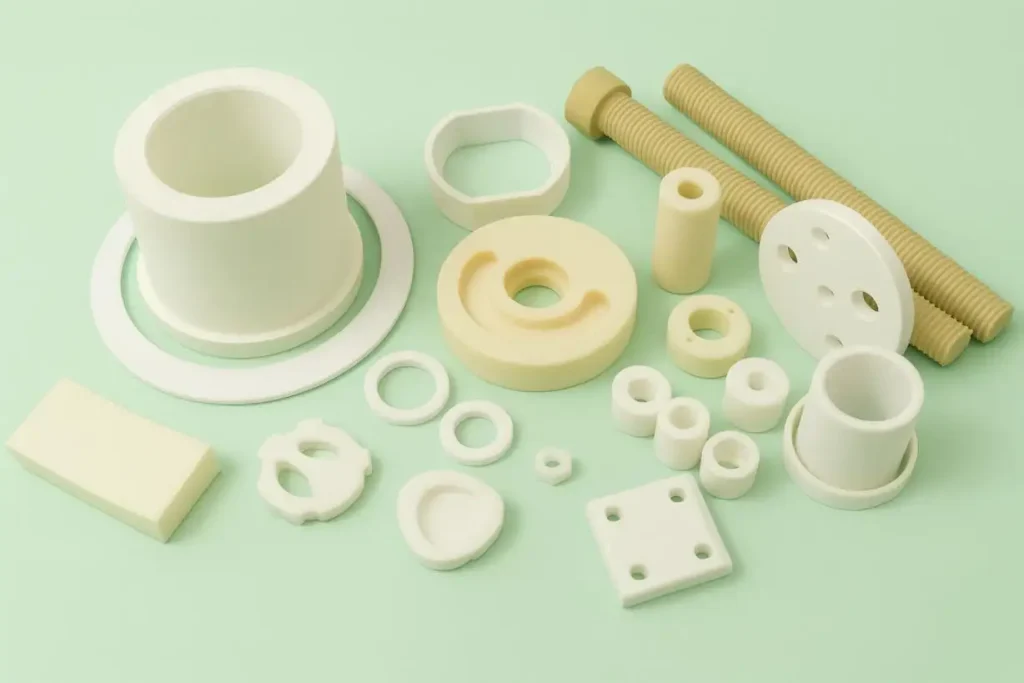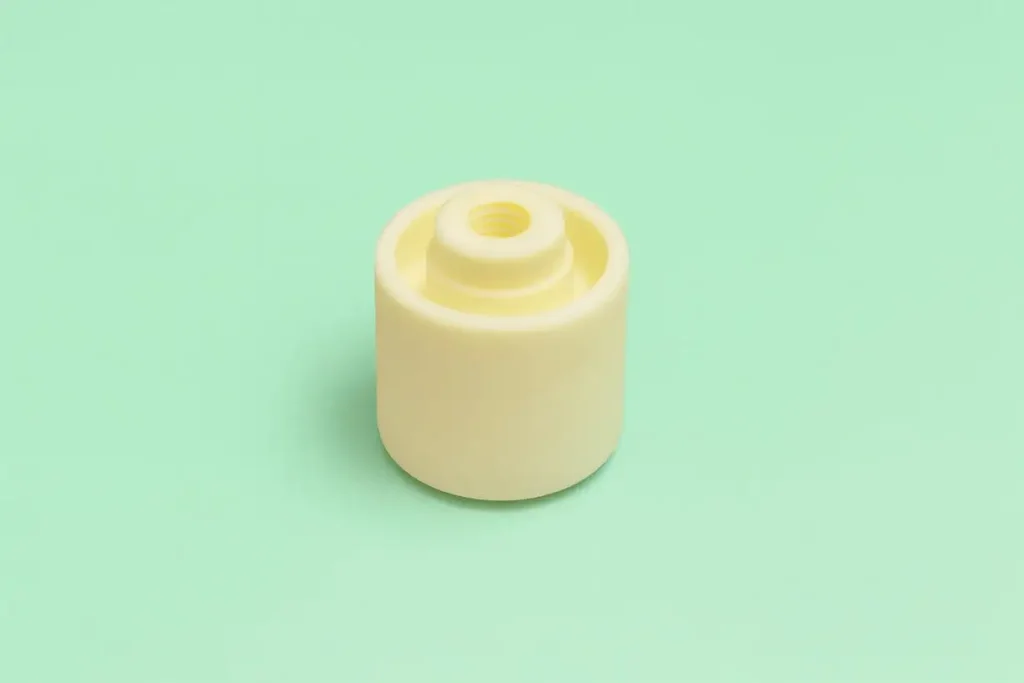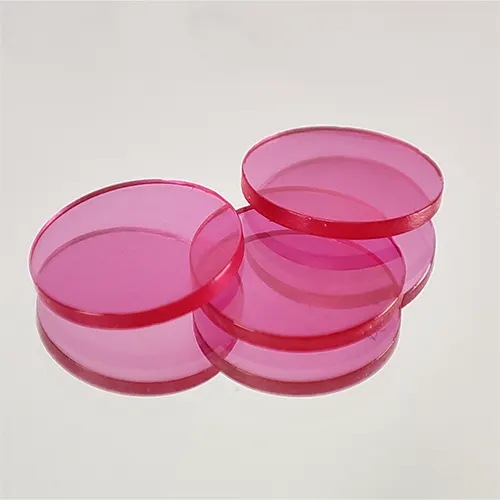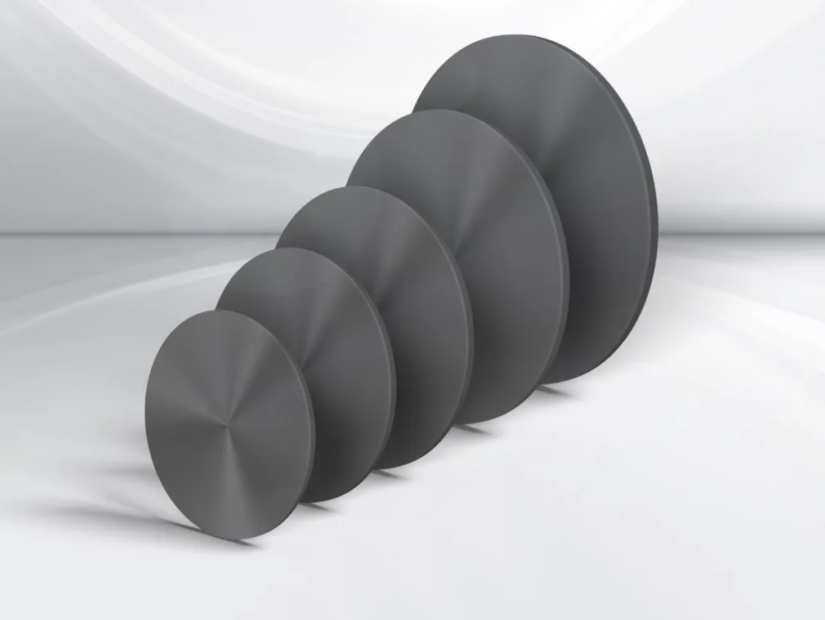Solving Battery Overheating with High Purity Alumina Components
High Purity Alumina Component design sits at the center of cooler, safer battery systems - quietly managing heat while protecting high-voltage pathways. At UPCERA, we specialize in custom machining and processing of advanced ceramics, turning alumina into practical hardware that fits, seals, insulates, and endures inside demanding battery packs and power electronics. What follows is a plain-spoken guide to the real heat problems engineers face, why alumina solves them better than metals and polymers in critical locations, and how UPCERA tailors parts that hold their tolerances through life-cycle stress.

The Real Causes Of Battery Heat - and How Alumina Interrupts Them
Battery heat is a system issue, not a season or climate issue. During charge and discharge, cells generate localized hot zones. If those hotspots meet conductive brackets, mixed-metal fasteners, or aging gaskets, the heat quickly migrates into sensitive areas. Resistance rises, components expand at different rates, and joints can relax just enough to create micro-movement, abrasion, and even higher heat. Over time, what began as a minor temperature rise can push the system toward accelerated aging or, in the worst case, thermal runaway.
A High Purity Alumina Component breaks that chain in several ways. Alumina is a robust electrical insulator that remains dimensionally stable at elevated temperatures. It resists oxidation and many battery-adjacent chemicals, so it does not degrade when exposed to electrolyte vapors or humidity. In practice, ceramic spacers, standoffs, washers, bushings, and ceramic threaded insulators for EV batteries interrupt unwanted heat paths and maintain clearances around high-voltage conductors. Because alumina keeps its shape and surface finish under repeated thermal cycling, torque is preserved in bolted joints and sensor alignment remains consistent across the pack's service life.
Typical pain points we're asked to solve:
• Hot edges around busbars, current collectors, and module frames
• Insulation fatigue near high-voltage sensors and telemetry lines
• Threaded joints loosening after temperature cycling and vibration
• Corrosion where dissimilar metals meet moisture or electrolyte traces
Unlike polymer insulators, alumina does not creep at temperature. Unlike metals, it does not provide a convenient heat bridge to nearby components. That combination - insulation without softness - explains why alumina is a go-to material for battery thermal runaway prevention components in critical mounting and isolation roles.
What Sets UPCERA's Alumina Parts Apart In Battery Environments
Not all ceramics are equal, and not all machining is created the same. UPCERA engineers start with high-purity Al₂O₃ (up to 99.7% alumina), then shape it with precision grinding and threading processes that preserve the dense microstructure. The result is a smooth, defect-resistant surface that maintains dielectric performance and mechanical strength, even after repeated thermal swings.
Where a High Purity Alumina Component includes an internal thread, the geometry matters as much as the material. Our fine-pitch and standard threads are manufactured to tight tolerances so they mate predictably with stainless-steel or ceramic fasteners. This secure coupling prevents micro-slip, keeps clamp forces stable, and reduces the chance of fretting near heat sources. For teams replacing metallic standoffs, alumina threaded inserts are often a drop-in improvement that immediately lowers thermal conduction while improving insulation margins.
Beyond threading, several performance traits make UPCERA parts reliable in the battery bay:
• High Mechanical Strength: Maintains preload without creep, preserving joint integrity.
• Outstanding Insulation & Heat Resistance: Protects HV paths while controlling heat flow.
• Corrosion & Oxidation Resistance: Stable in humid, chemically active atmospheres.
• Dense, Smooth Finish: Low flaw rate and consistent dielectric behavior under stress.
• Wear Resistance: Survives assembly, maintenance, and vibration without particle shedding.
• Custom Geometry: Threads, lengths, chamfers, and recesses tailored to your drawings.
Crucially, we design for manufacturability from the start. Early collaboration yields parts that meet thermal and electrical targets and assemble cleanly on the line. That means fewer special tools, simpler stack-ups, and more consistent torque results.

How We Customize For Your Pack
Every program balances size, mass, thermal targets, and cost. UPCERA works to that reality. We begin with the use case: where the heat lives, what voltage the part must isolate, and the loads (static and dynamic) the joint must hold. From there, we recommend an alumina grade and geometry, specify thread forms and tolerances, and agree on test methods that actually reflect field conditions.
For battery platforms, our most common High Purity Alumina Component families include:
• Threaded Insulators & Standoffs: Replace metallic posts to block heat paths and add creepage distance.
• Bushings & Sleeves: Electrically isolate fasteners that pass near conductors or sensor leads.
• Spacers & Shims: Preserve air gaps around hot hardware without deforming at temperature.
• Insulating Mounts & Connectors: Maintain clearances in compact modules and power electronics.
Because alumina keeps properties through repeated heating cycles, these parts extend service intervals and help stabilize pack performance - vital for EVs, hybrid systems, and stationary storage that see frequent partial cycling. Outside the battery field, the same attributes support automation equipment, laboratory instruments, precision mounts, high-temperature fixtures, and corrosion-resistant fittings across chemical and electronic industries.
What Validation Looks Like
We align with your quality system - sampling, material certs, and dimensional reports - then, where required, support PPAP-style submissions. Thermal shock, dielectric strength, and torque-retention tests are configured to mirror your environment rather than generic lab conditions. That discipline is how we ensure the part you approve is the part you receive at volume.
✅ Practical Design Tips (From The Shop Floor)
• Specify realistic thread tolerances. Over-tight fits raise assembly torque and risk chipping; we'll help balance fit and strength.
• Call out chamfers and lead-ins. Small geometry choices reduce cross-threading and speed line builds.
• Design for wrench access. Flats, slots, or hex features prevent over-torque and protect the ceramic.
• Think about the washer stack. Mixing metal washers with ceramic posts can re-introduce heat paths - use insulating washers where possible.
Work With UPCERA
If overheating, insulation drift, or loosening joints are slowing your build, it's time to consider ceramics where they matter most. UPCERA delivers High Purity Alumina Component solutions that cut conductive heat paths, stabilize torque, and maintain dielectric margins - without forcing a ground-up redesign. Share a drawing, temperature target, and the space you have to work with; we'll return a manufacturable recommendation that respects your timeline.
Call To Action: Ready to cool hotspots and safeguard high-voltage clearances? Contact UPCERA for a quick DFM review and fast quotation. Our engineers will propose the right alumina geometry, thread form, and tolerance stack for your battery module or power electronics. Let's turn thermal risk into predictable, repeatable performance - safely, efficiently, and at scale.
- PREV: Zirconia Structural Components for Extreme Environments
- NEXT: Null
 English
English 中文
中文





